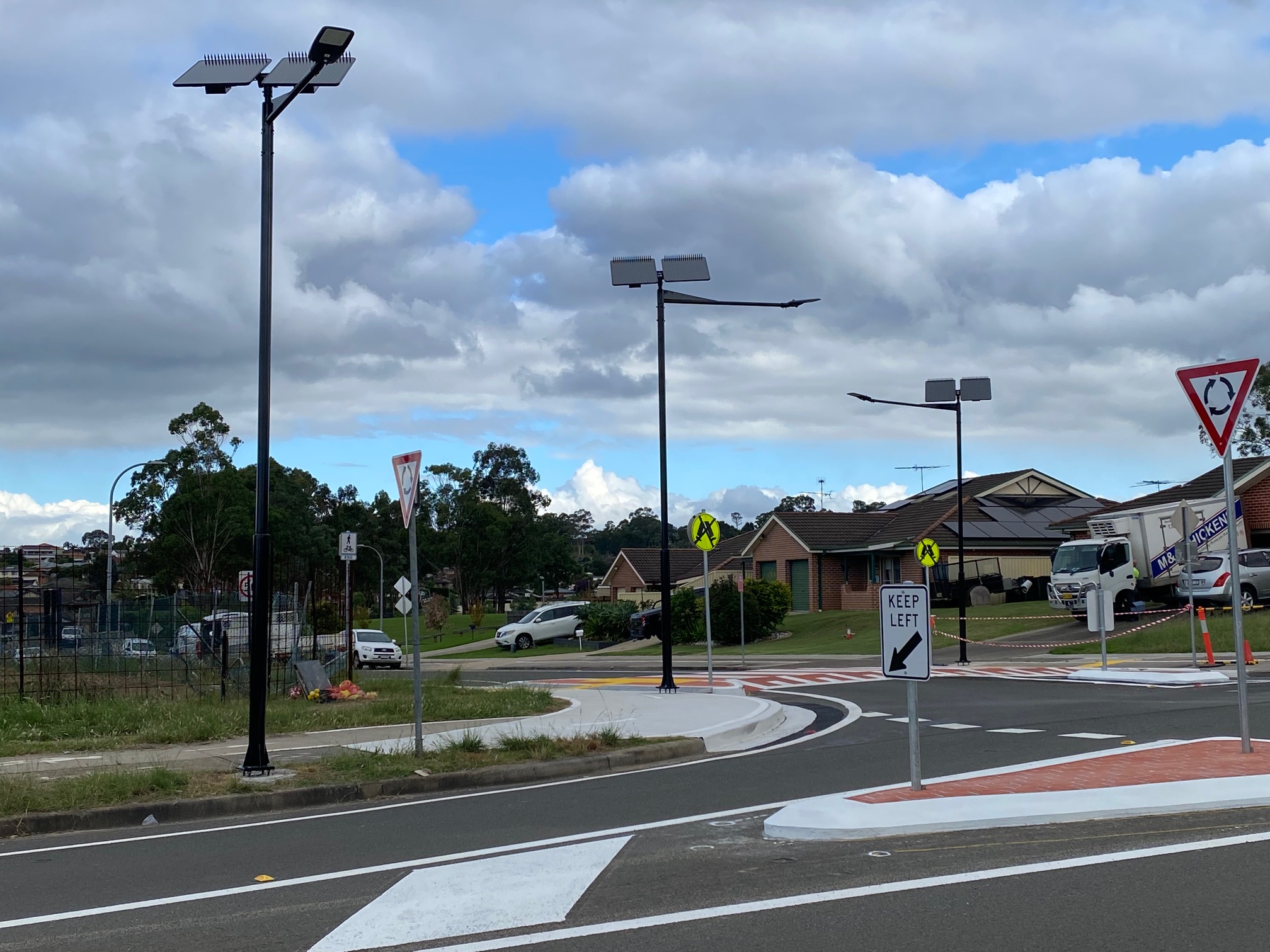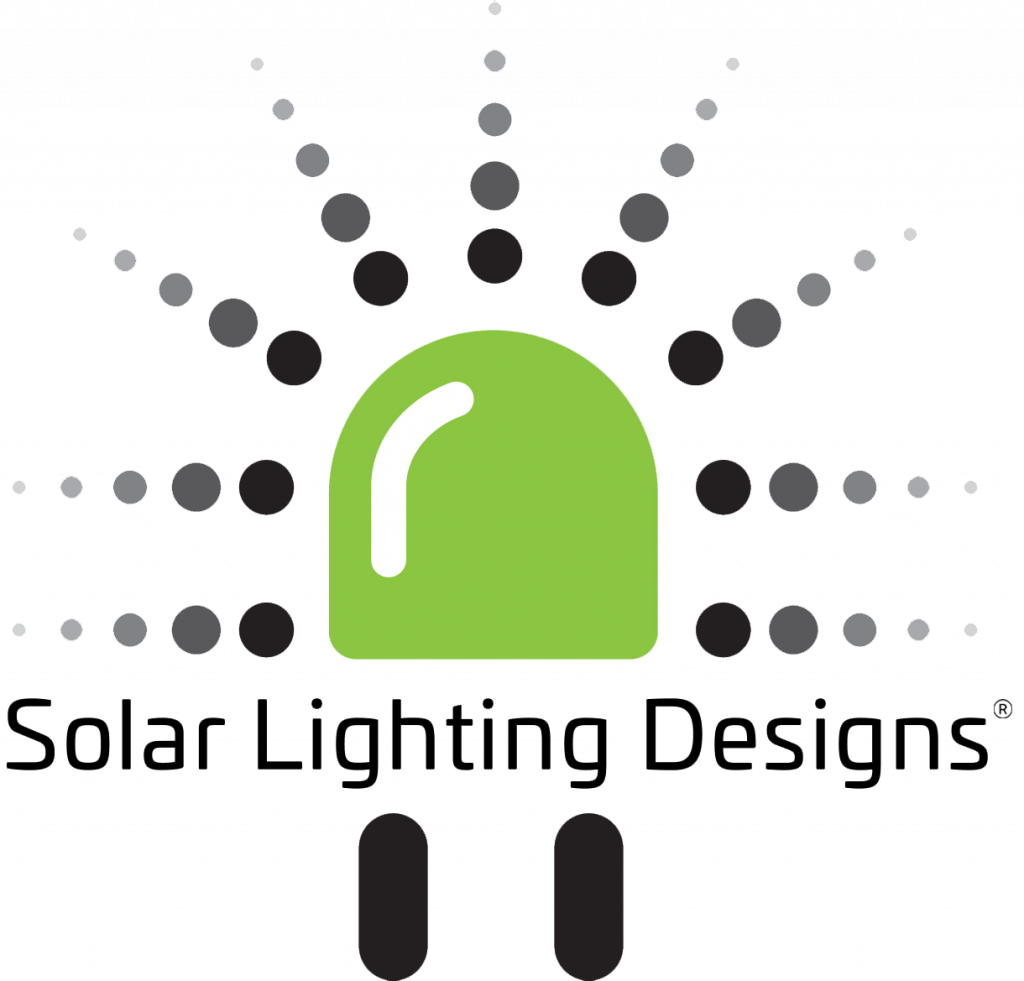
Top 5 Reasons Why Solar Street Lights Are the Future of Outdoor Lighting
As Australia continues to lead in sustainable development and green
Solar flood lights have recently gained popularity among households globally because they offer reliable solutions for indoor and outdoor lighting while being cost-efficient. But is this the case? Are solar flood lights worth your money and time?
Let’s conduct an unbiased analysis of the solar flood lights to help you reach an accurate conclusion.
Solar flood lights are designed to provide artificial lighting solutions for indoor and outdoor locations without connection to the traditional grid system.
Instead, they utilize the power and energy generated from sunlight through solar panels.
These fixtures have an inbuilt system through which sunlight is absorbed, converted, and utilized for lighting. This is why solar bollard lights today are considered a top choice for those who want to organize a self-dependent off-grid lighting system.
Nevertheless, for indoor usage, you can invest in purchasing the lights with a separate solar panel that can be mounted outside of the house.
Following are some of the significant features of solar flood lights
The motion sensor detects human presence through infrared energy. That’s why whenever an individual comes within 9 to 10 micrometers of the flood lights, their presence is notified, and the lights are automatically switched on.
Such lights are ideal for being fixed outside the front door or in the backyard, conserving energy when not needed.
Artificial lights are needed most at night when sunlight is not present. However, switching them on and off daily can be hectic for some people. This is where the dusk-to-dawn sensor comes in.
It detects the intensity of heat and sunlight. Whenever it notices that the sun has drowned, the lights are switched on.
The remote controls come with higher-intensity Solar Street Lights, which grant you enhanced control over the operations. Through the remote, you can switch on or off the floodlights from a distance of up to 16.5 ft.
It lets you plant your flood lights in far, inaccessible places, such as poles or roofs.
The floodlights are flexible. Thus, you can adjust them at an extensive variety of angles, depending on your needs and the position of the sun at different times of the day.
The flood lights have a high resistance against multiple climatic conditions, including rain, wind, extreme temperatures, etc.
Hence, whether thunderstorms strike or the temperature rises above, the floodlights remain functional in all such conditions.
Here is a guide to understanding the whole working process of solar floodlights.
Solar Flood lights are a top choice for those who care for the environment. They reduce the carbon footprint and utilize renewable energy resources for power generation, thus minimizing the reliance on fossil fuels.
At the same time, the lifespan of fine-quality solar flood lights ranges from 6 to 10 years, saving you from the worries of constant replacements and maintenance issues.
Solar flood lights source power directly from the sun and are not connected to other electrical supplies. This is why they reduce danger and safety risks for your family and pets.
Lighting aesthetics play a crucial role in the overall look of your house. And as solar flood lights are available in an extensive range of designs and styles, they might be your top preference.
Solar flood lights are available in all forms, whether you want those tiny fairy lights style or a bulky one for your backyard lighting.
Although solar flood lights seem a significant cost at first, they save you money in the long run. Unlike the traditional grid system, you do not have to pay the bills at the end of the month or subscribe to any pre-paid service to keep using the service.
Instead, the lights will be lit up by consuming the sunlight, which has no use charges.
Solar flood light reduces energy dependency by using the sun as a power source. This reduces dependence on fossil fuels, contributing to a greener and healthier future.
As a result, operational cost is minimized, and the emission of greenhouse gasses can also be controlled.
These lights are wireless units that can be easily installed in an extensive range of places. They can also be placed in remote areas without much risk.
The only con of solar flood lights is their dependence upon the sun to light up. Hence, they may be difficult to use on rainy days or in areas with less sun exposure. Although the lights can store the current for later usage, their functionality is limited to a few hours or days.
Now that we have reviewed all the basic information, features, pros, and cons of solar flood lights, it’s finally time to answer the question: Are solar flood lights really worth it?
Well, they definitely do, as they not only light up the space but also help you minimize the cost and be energy efficient. At the same time, they are more sustainable and environmentally friendly than any other solution.

As Australia continues to lead in sustainable development and green

Solar bollard lights are an excellent addition to any garden

Are one of the most popular ways to set up

Solar Lighting Designs
22 , 5 Rai Drive
Crestmead QLD
4132
Solar Lighting Designs
Unit 1, 14 Stennett Road
Ingleburn NSW
2565
Solar Lighting Designs
2A Norlin Street,
Kewdale WA,
6105
SLD acknowledges and pays respect to the past, present and emerging Traditional Custodians and Elders of this nation and the continuation of cultural, spiritual and educational practices of Aboriginal and Torres Strait Islander peoples .

Solar Lighting Designs
22 , 5 Rai Drive
Crestmead QLD
4132
Solar Lighting Designs
Unit 1, 14 Stennett Road
Ingleburn NSW
2565
Solar Lighting Designs
2A Norlin Street,
Kewdale WA,
6105
SLD acknowledges and pays respect to the past, present and emerging Traditional Custodians and Elders of this nation and the continuation of cultural, spiritual and educational practices of Aboriginal and Torres Strait Islander peoples .